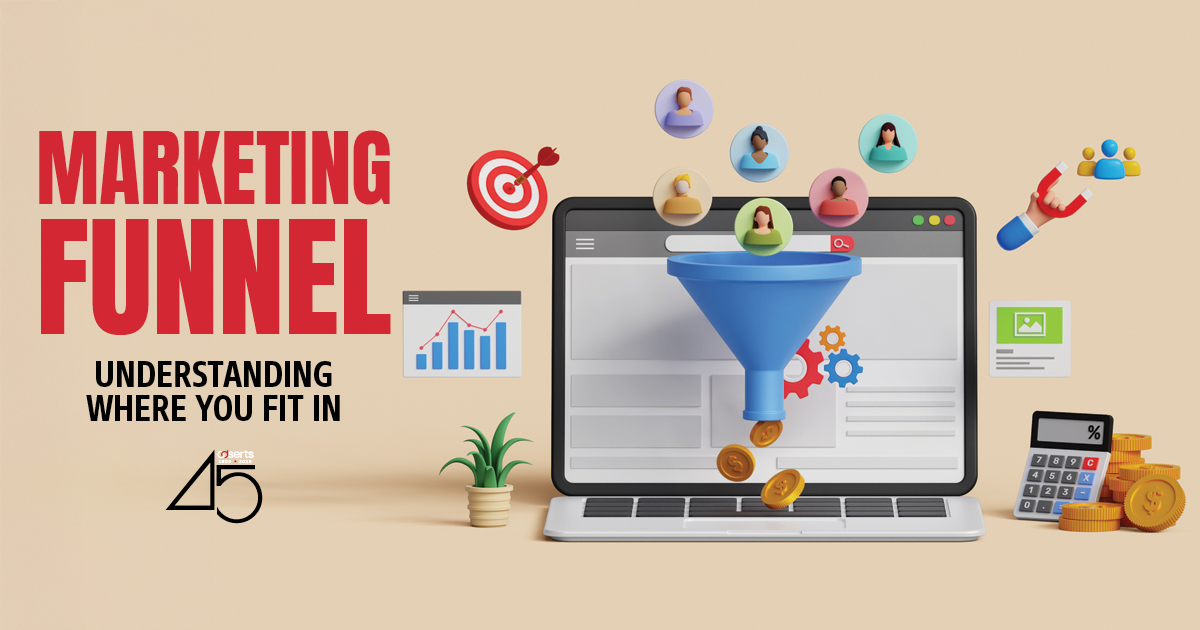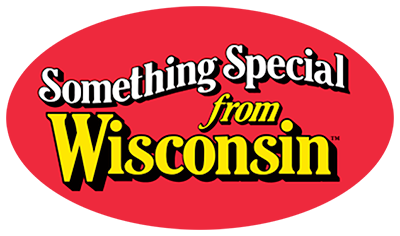The Marketing Funnel: Understanding Where You Fit In
By Tyler Van Kleef - Digital MarketerPosted on May 21, 2025

As an advertiser, navigating the marketing funnel is essential to creating impactful campaigns that resonate with your audience and drive results. The funnel, a framework for understanding the customer journey, allows advertisers to tailor their strategies to meet consumers where they are and guide them toward conversion. Here’s a comprehensive look at the marketing funnel and how you can leverage it effectively.
What is the Marketing Funnel?
The marketing funnel represents the stages a potential customer goes through from awareness to conversion. Each stage requires distinct strategies and messaging to meet consumer needs and influence their decisions.
1. Awareness Stage
At the top of the funnel, potential customers become aware of your brand or product. This stage is about capturing attention and building initial interest.
Key Goals: Increase visibility, generate brand awareness.
Strategies:
• Run display ads, social media campaigns, or video ads that introduce your brand.
• Focus on engaging content that educates or entertains, such as blog posts, infographics, or explainer videos.
• Leverage search engine optimization (SEO) to ensure your content ranks high for relevant queries.
2. Consideration Stage
In the middle of the funnel, prospects evaluate your product or service alongside competitors. Your goal is to position yourself as the best solution.
Key Goals: Build trust, educate, and nurture leads.
Strategies:
• Offer in-depth content like whitepapers, case studies, and webinars.
• Retarget users who interacted with your awareness-stage ads.
• Highlight testimonials, reviews, and social proof to establish credibility.
• Use email marketing to deliver personalized content that addresses specific pain points.
3. Conversion Stage
At the bottom of the funnel, potential customers are ready to make a purchase or commitment. Your focus should be on removing barriers and sealing the deal.
Key Goals: Drive conversions and sales.
Strategies:
• Use clear, compelling calls-to-action (CTAs) in your ads.
• Offer promotions, discounts, or free trials to incentivize decisions.
• Ensure landing pages are optimized for conversions with easy navigation and minimal friction.
• Provide a sense of urgency with limited time offers or stock availability.
Why Understanding Your Place in the Funnel Matters
As an advertiser, aligning your efforts with the marketing funnel ensures your campaigns are purposeful and efficient. Here’s why it matters:
• Targeted Messaging: By tailoring your message to each stage, you can address the specific needs and concerns of your audience.
• Efficient Budget Allocation: Understanding where your audience fits in the funnel allows you to invest resources where they’ll have the most impact.
• Enhanced Customer Experience: Meeting customers where they are in their journey creates a seamless and personalized experience.
• Improved ROI: By focusing on the right strategies at the right time, you maximize the return on your advertising spend.
Integrating the Funnel into Your Advertising Strategy
1. Use Data to Inform Strategy
Analyze user behavior, demographics, and engagement metrics to understand where your audience is in the funnel. Tools like Google Analytics and customer relationship management (CRM) software can provide valuable insights.
2. Leverage Multiple Channels
Each stage of the funnel requires different channels:
• Awareness: Social media, display ads, and content marketing.
• Consideration: Email campaigns, remarketing ads, and influencer partnerships.
• Conversion: Paid search ads, direct response campaigns, and personalized offers.
3. Create Seamless Transitions
Ensure consistency in messaging and design as prospects move through the funnel. For example, a user who clicks an awareness-stage ad should find relevant and cohesive messaging when they land on your site.
4. Measure and Optimize Continuously
Track performance metrics such as click-through rates (CTR), conversion rates, and cost-per-acquisition (CPA). Use this data to refine your strategies and improve outcomes at each stage.
Common Pitfalls to Avoid
• Focusing Solely on Conversion: While conversions are the ultimate goal, neglecting the awareness and consideration stages can limit your reach and engagement.
• Ignoring the Customer Perspective: Always prioritize the needs and pain points of your audience at every stage of the funnel.
• Lack of Cohesion: Disjointed campaigns can confuse prospects. Ensure your messaging and branding are consistent throughout the funnel.
Understanding and utilizing the marketing funnel is key to crafting effective advertising campaigns that resonate with your audience and drive meaningful results. By tailoring your strategies to each stage—awareness, consideration, and conversion—you can guide potential customers through their journey and build lasting relationships. The marketing funnel is not just a model; it’s a roadmap to smarter, more impactful advertising. Where do you fit in? Everywhere your customers need you to be.

